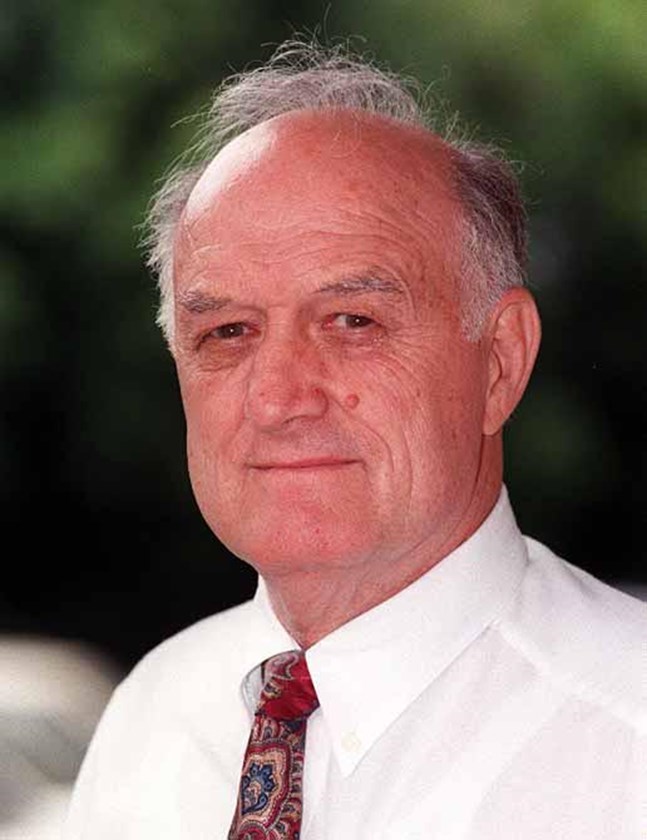The precise drilling location for the Australian Antarctic Division’s Million Year Ice Core (MYIC) project has been selected in east Antarctica.
The location has been chosen for the thickness and age of the ice sheet, in a region known as Little Dome C, 1100 kilometres inland from Australia’s Casey research station at an elevation of over 3000 metres.

Lead Project Scientist Dr Joel Pedro said the target coordinates for the drill site are 122.52059 E, 75.34132 S, although the final location may vary slightly after the drilling team surveys the site conditions on arrival.
X marks the spot
“Pinpointing the drill site is a major milestone for the Australian Antarctic Program and MYIC project,” Dr Pedro said.
“It’s the culmination of many years of collaborative work involving Australian, European and US science teams, collecting and sharing radar imagery from extensive ground and aerial surveys of the ice sheet.”
“There’s also been many months of data crunching by Dr Jason Roberts in our MYIC team, tracing internal layers in the radar data and modelling the ice sheet age-depth profile,” Dr Pedro said.
Site selection marks the first stage of the MYIC field campaign.
A six-person team from the Australian Antarctic Division is preparing to depart Hobart later this month to fly to the French-Italian Dome Concordia Station.
They will then travel 35 kilometres over the ice sheet to the new drilling site.
“This summer, we aim to set up a drilling camp and complete pilot drilling down to a depth of about 130 metres,” he said.
“Our analysis indicates at the MYIC location, undisturbed ice is likely to extend back over 1.4 million years in age.”
“The existing EPICA ice core from nearby Dome C reached an age of approximately 800,000 years.”
Years of fieldwork
Over the next four to five summer field seasons, the MYIC project team will commence traverse operations – tractor trains towing a mobile research station – from Casey research station to the drill site deep in the Antarctic interior.
The traverse operations will transport additional supplies and deep ice drilling equipment to retrieve an ice core from a depth of nearly three kilometres to the bedrock below the Antarctic ice sheet.
The MYIC project is also working cooperatively with a European team. The Beyond EPICA Oldest Ice Core Project has already commenced drilling approximately five kilometres from the planned Australian site. Recovery of more than one record is important to confirm the oldest ice core data.
Why is a Million Year Ice Core important?
Recovering Antarctica’s oldest ice is one of the grand challenges in climate and ice core science.
Measurements on the ice core will provide a detailed record of past atmospheric CO2 concentrations along with other greenhouse gases, indicators of past temperature, climate and atmospheric conditions and volcanic activity.
The ice core will extend the detailed record of Earth’s climate and atmospheric composition into a period termed the Mid-Pleistocene Transition, when the ice age cycles occurred at a faster pace.
The core will provide essential new data on the past and future stability of the climate system and on the processes involved in transitions between different climate states.








